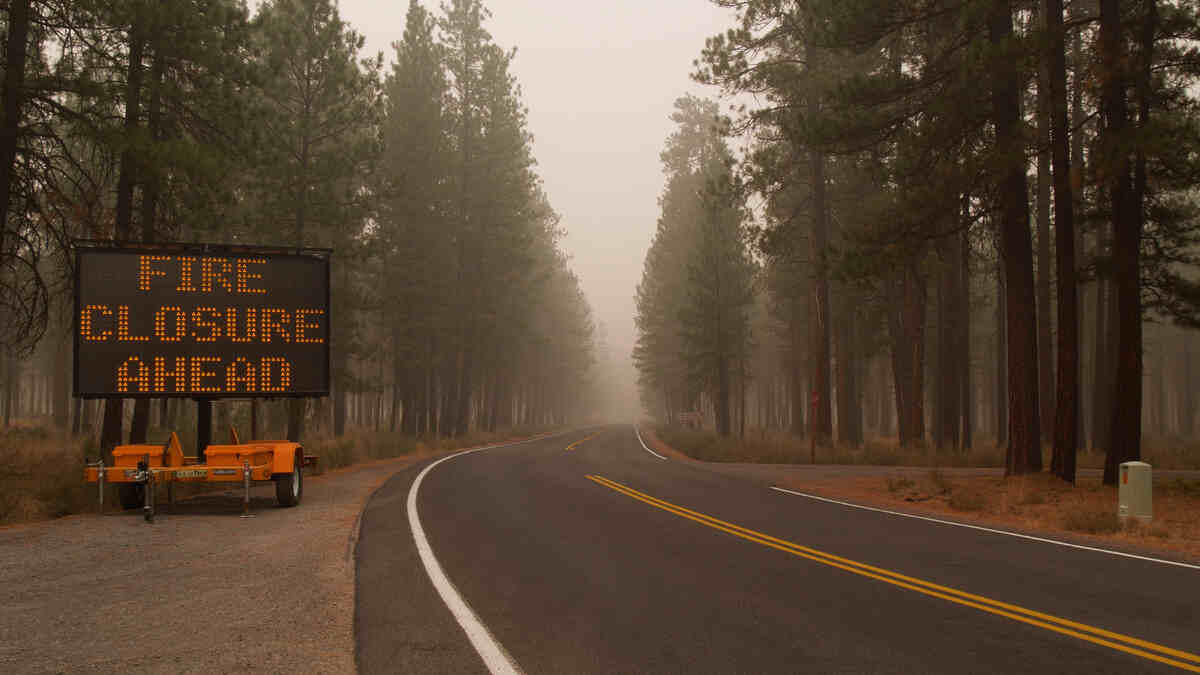THE LATEST
OSU researchers build new prediction tools for wildfire occurrence

The recent advancement in refining a database to predict the location and timing of wildfires is a significant step forward in wildfire management and preparedness. Researchers have incorporated numerous new factors that impact fire ignition and spread, revolutionizing the assessment and mitigation of wildfire risks.
The Fire Program Analysis Fire-Occurrence Database, developed by the U.S. Forest Service in 2013, has undergone five updates, resulting in a more comprehensive tool providing detailed insights into the various elements contributing to wildfire incidents. In addition to basic data such as ignition points and fire sizes, the revised database now includes environmental, social, and practical attributes that play crucial roles in shaping wildfire dynamics.
According to Erica Fleishman, a distinguished professor at Oregon State University, the enhanced database serves as a valuable resource for wildfire personnel and empowers stakeholders, including power companies and land management agencies, to make informed decisions based on evidence-backed analyses. Integration of environmental factors, social vulnerability indicators, and economic justice metrics highlights a shift toward evidence-based policy-making in wildfire management.
Yavar Pourmohamad, a doctoral student at Boise State University, and Mojtaba Sadegh, an associate professor at Boise State, have been instrumental in leading efforts to expand the database with nearly 270 additional attributes. Covering 2.3 million fire incidents in the United States from 1992 to 2020, this comprehensive dataset offers a nuanced understanding of the complex interplay between various factors influencing wildfires. Pourmohamad emphasizes the database's ability to reveal disparities in wildfire impacts on diverse human populations and ecosystems, informing targeted strategies to address inequities.
The enriched database has potential applications beyond data analysis. As highlighted by Fleishman, integrating this wealth of information into artificial intelligence and machine learning models can facilitate predicting future fire occurrences and understanding the drivers behind past incidents. By harnessing computational capabilities and leveraging vast datasets, stakeholders can extract actionable insights tailored to specific regions, aiding in proactive wildfire prevention and response strategies.
The collaborative effort behind this transformative research, involving experts from various academic institutions and research organizations, underscores the multidisciplinary nature of wildfire research and management. Co-authors from institutions such as the University of California, Merced, USDA Forest Service, and the National Weather Service have contributed to the comprehensive analysis and implications detailed in the recently published paper in the prestigious journal Earth System Science Data.
Supported by the Joint Fire Science Program, a joint initiative of the U.S. Forest Service and the U.S. Department of the Interior, this research initiative not only advances scientific knowledge but also underscores the critical role of collaboration and innovation in addressing complex environmental challenges.
In conclusion, the advancements in prediction tools for wildfire occurrence exemplify a concerted effort to utilize data-driven insights for effective wildfire management. By embracing a holistic approach that considers environmental, social, and practical factors, researchers are paving the way for a more informed and strategic response to wildfire risks, ultimately contributing to enhanced resilience and preparedness in the face of an ever-evolving natural hazard.
